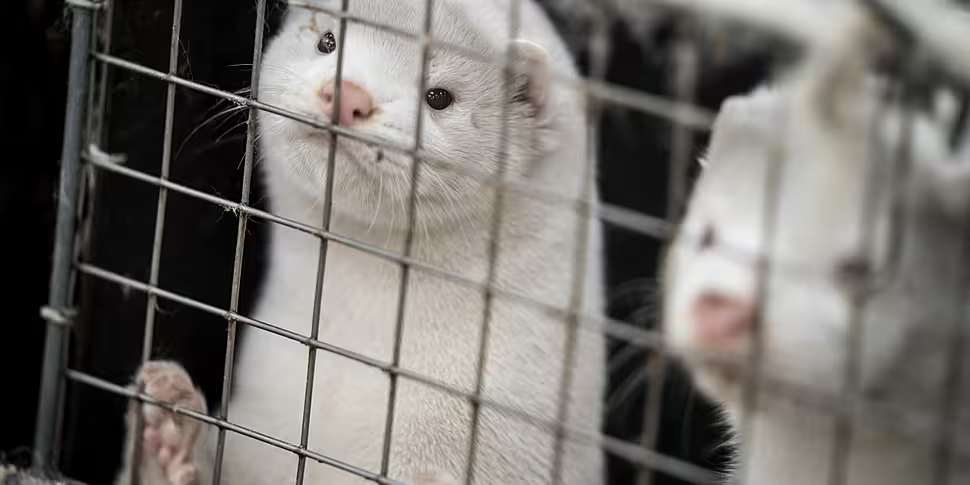Immunology Professor Luke O'Neill says the coronavirus has now been tracked jumping from a mink back into a human.
Last week, Danish Prime Minister Mette Frederiksen announced that there was to be a cull of mink in the country.
On November 6th, COVID-19 infection was seen on 216 mink farms in Denmark.
At the same time, new mink variants of the virus had been seen in the animals.
This applies both to people who work with mink and to others.
Mink variants happen when there are small changes in virus' genetic material.
These occur in connection with the virus copying itself: the more viruses are copied, the greater the likelihood of mutations occurring.
So far, five different groups or clusters of mink variants have been found in Denmark.
Prof O'Neill explained to Pat Kenny that this has now wiped out the mink farming industry in Denmark.
"We knew mink could be infected - that was discovered I think back about four months ago in Belgium.
"Mink samples were taken and they found some of the virus in mink, and then they began culling mink from then on.
"So for some reason mink are as susceptible as we are to this virus as we are.
"It can jump from humans into mink, and that's what was going on there - but then worryingly, from Denmark, they've got evidence that it jumps back from the mink back into the human.
"So in other words, if you happen to be a mink farmer you're at risk of being infected by the mink who've been infected by a human before.
"And that's triggered a cull now, I think they're killing 17 million mink in Denmark at the moment.
Vaccine concerns
"But what was worrying was it seemed to mutate in the mink, and the strain of virus they isolated from the mink was different from the one that had come from the human.
"Now that will happen, mutation happens all the time spontaneously, but the worrying thing here was that the new mutant would not be one that a vaccine would protect against.
"So in other words that it had changed so that there's a risk that the vaccines being developed may not protect against that strain.
"And that's why they got an alarming signal from this.
"214 people got infected actually from mink in Denmark".
According to the World Health Organisation (WHO): "It is normal for viruses to mutate or change over time.
"WHO has been following genetic changes in the COVID-19 virus since the start of the pandemic through a dedicated COVID-19 virology working group.
"When a virus moves from humans to animal populations such as mink, and back to humans, it can acquire unique mutations.
"Detailed analyses and scientific studies are needed to better understand the recently reported mutations."
Prof O'Neill said: "The WHO is right, these things happen anyway.
"It's very random, it's not as if this is a key feature of this virus that we're going to see all these mutants emerge - and it's only one experiment really.
"So again it's just one to watch.
"But sadly if you're a mink farmer now, your whole mink farming industry is gone in Demark as it is".









